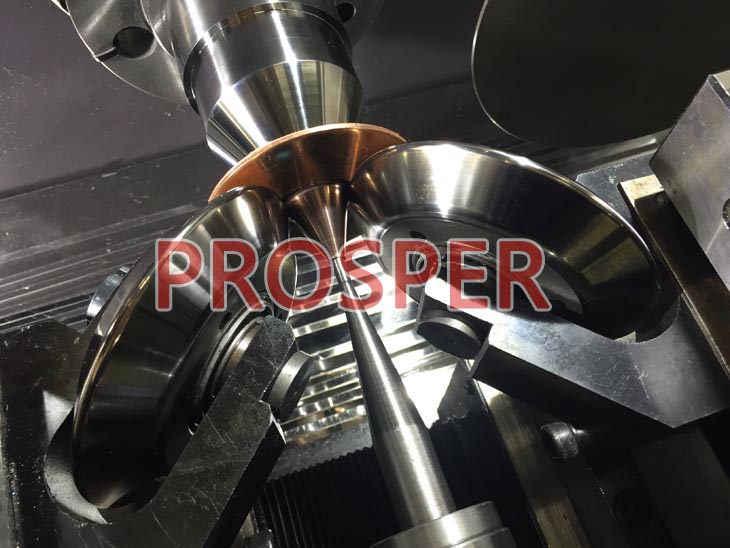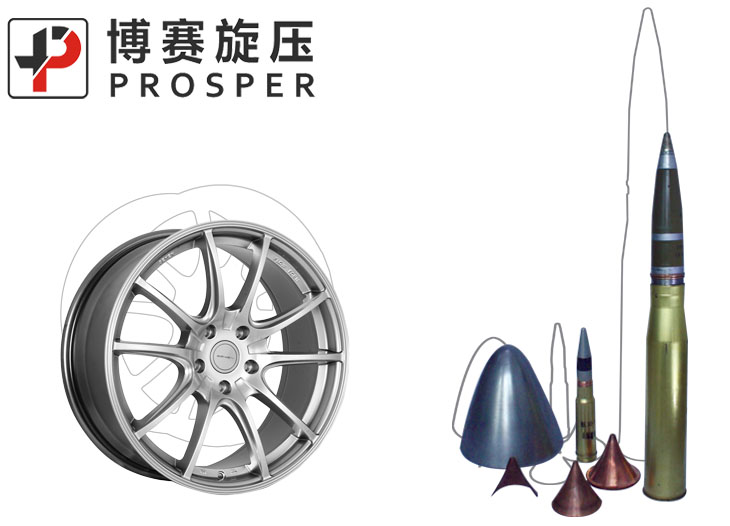
The first pictorial evidence of metal spinning machines dates back to the fourth century. In those days, the lathes were made of simple wooden posts lain on their sides. Two people were required to operate them - one to spin the lathe and the other to work the material. Bows and poles were used to turn the spindles on these primitive machines.
Antique Metal Spinning Lathe
Very early history shows the roots of metal spinning equipment in Egypt, China and India. It is unclear exactly where the official birthplace was.
In the Middle Ages, technology was developed which allowed machine operators to continuously spin the lathes, by replacing the bows with foot pedals. This advancement allowed the spinner to focus more on the accuracy and quality of the spinning. This represented a major advancement in both metal spinning lathes and the spin forming process.
The Industrial Revolution brought electric motors to the mix. These motors changed the metal spinning process by greatly increasing the spinning speed, which helped further improve the accuracy and production volumes.
It is written that American revolutionary hero Paul Revere was a metal spinner. Several spun metal items of his can be found in museums in the USA.
In the 1970's the growth of computer controlled (CNC) machinery began to boom. This technology breakthrough spread to metal spinning lathes and has been a major force since then. Improvements in computer technology have allowed innovative companies, such as DMS Design Co to develop cost effective solutions to the metal spinning machinery industry. It is now possible for even small businesses to take advantage of this leading edge technology.
Contact us today and we would welcome the opportunity to show you how to bring your metal spinning company up to date and take advantage of this amazing technology to increase both your quality and productivity while lowering your costs on spun metal parts.




